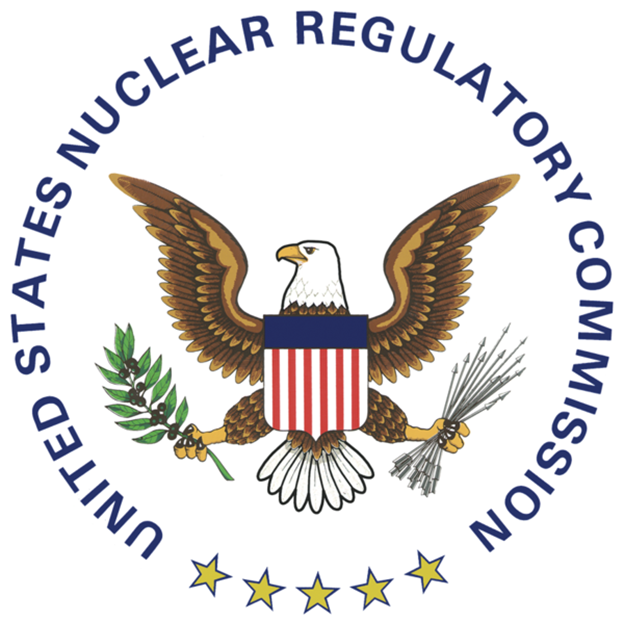One of the major problems that could impact the global nuclear industry is a meltdown at a nuclear power plant. When the Fukushima nuclear power plant in Japan was destroyed by flooding following a tsunami in March of 2011, the shock of the accident reverberated around the world. Germany decided to retire all of its nuclear power reactors. Other countries put nuclear projects on hold while they studied the disaster. The Obama administration ordered a national emergency review of all one hundred U.S. nuclear power reactors. Eventually many countries drafted new more stringent safety regulation for nuclear power plants to avoid a repeat of the Fukushima disaster.
The Nuclear Regulatory Commission is issuing major new regulations this spring to codify some of the measures taken by U.S. nuclear power plants in response to Fukushima. A NRC spokesperson said in an interview that “The NRC remains satisfied that the overall response to what we learned from Fukushima means U.S. nuclear power plants have appropriately enhanced their already robust ability to safely withstand severe events of any kind.”
The new post-Fukushima set of NRC regulations are referred to as the “Mitigation of Beyond-Design-Basis Events rule.” The U.S. nuclear industry is being given about two years to comply with the new safety regulation regarding earthquakes and other events that could cause a leak of radioactive materials that would pose a threat to public health and the environment. These new regulations are called “major” because an analysis of their impact indicates that the cost will be over a hundred million dollars. There are three major requirements for the Owners of commercial nuclear power reactors.
First, steps must be taken to insure that reactor cores are kept properly cooled in the event that the emergency electricity supply is damaged or destroyed. In addition, modifications and procedures must be put into place to keep spent fuel cooling pools full of water in the event of an emergency that cuts all emergency power.
Second, the nuclear power plant operators must install equipment that can be relied upon to accurately measure the water levels in the spent nuclear fuel cooling pools. When nuclear fuel rods have been used up in a reactor core, they are very radioactive and must be kept in a cooling pool for up to five years in order for some of the radioactivity to dissipate. Once removed from the cooling pools, spent fuel rods will have to be stored onsite in dry casks at each nuclear power plant because there is no permanent national repository for the disposal of spent nuclear fuel.
Third, every nuclear power plant must “reserve the resources” necessary to physically protect the reactor cores and spent fuel pools from external threats that might breach the walls of the plant and/or the reactor containment vessels.
The NRC states that it will be proactive with respect to the assessment of future risks that might arise outside of the current rule making process. This includes analyses of the need for additional improvements to nuclear power plants to deal with upgraded risk assessments for flooding and/or seismic events.
